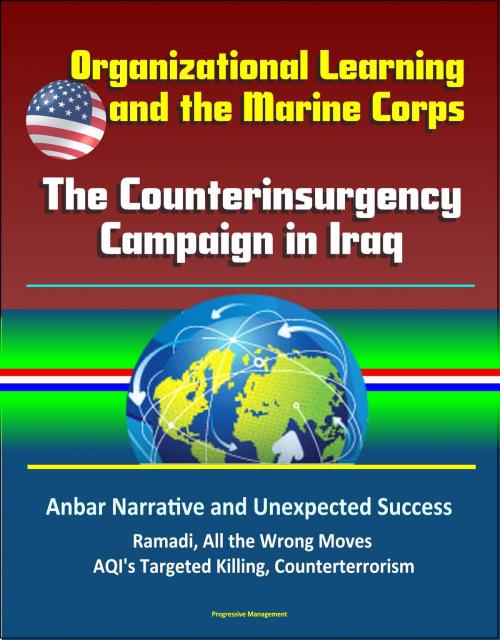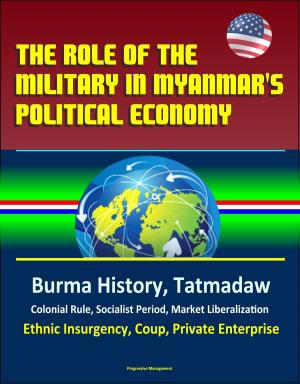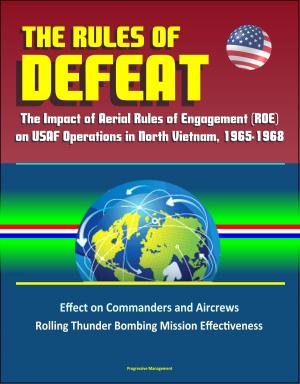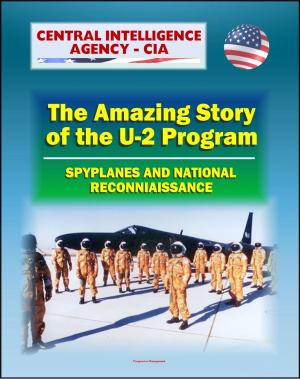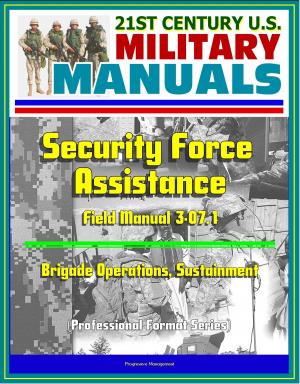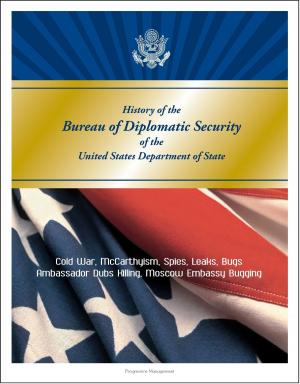Organizational Learning and the Marine Corps: The Counterinsurgency Campaign in Iraq - Anbar Narrative and Unexpected Success, Ramadi, All the Wrong Moves, AQI's Targeted Killing, Counterterrorism
Nonfiction, History, Military, Social & Cultural Studies, Political Science| Author: | Progressive Management | ISBN: | 9781311921550 |
| Publisher: | Progressive Management | Publication: | May 17, 2016 |
| Imprint: | Smashwords Edition | Language: | English |
| Author: | Progressive Management |
| ISBN: | 9781311921550 |
| Publisher: | Progressive Management |
| Publication: | May 17, 2016 |
| Imprint: | Smashwords Edition |
| Language: | English |
Professionally converted for accurate flowing-text e-book format reproduction, this unique case study examines how the Marine Corps was able to learn from and adapt to conditions on the ground in Anbar province from 2006-2008, developing a three-dimensional strategy that resulted in stability from previous chaos and overwhelming violence. The author views this success through the lens of organizational theory, discussing the barriers to change in military organizations and the characteristics of organizations that are able to learn. The Marines' focus on learning, adaptability, and institutional memory are seen as keys to their success in Anbar. Ten lessons are drawn from this case that relate to the future irregular conflict environment and to the efficacy of counterinsurgency, engagement, and counterterrorism as instruments for managing these future challenges for both US military and civilian security institutions.
Chapter I * Introduction * A. How Organizations Learn * B. Anbar Case Study * Chapter II * Background and Context * A. Anbar Narrative * B. All the Wrong Moves * Chapter III * Insurgents and Marines * A. The Insurgents * B. 1st Marine Expeditionary Force * C. Ugly Surprise * Chapter IV * Learning * A. Highly Persistent Conflict * B. Assessing the Insurgency * C. II MEF's 2005 Campaign Plan * D. Clear and Hold * E. No ISF Solution * F. Opportunity * Chapter V * Adapting * A. Surging Violence and Grim Prognoses * B. AQI's Targeted Killing * C. I MEF's Operational Plan * D. Topeka, Denver, Raleigh * E. The Awakening: A Force Multiplier * F. The Tipping Point * Chapter VI * Consolidating * A. Line of Attack * B. Consolidating Security in Topeka, Raleigh, and Denver * C. Counterterrorism Operations * D. Expanding ISF * E. The Centrality of Engagement * F. Post-Conflict Crossover * G. From Armed Struggle to Political Competition * Chapter VII * Reflections and Lessons from the Anbar Campaign * Chapter VIII * Bibliography
Professionally converted for accurate flowing-text e-book format reproduction, this unique case study examines how the Marine Corps was able to learn from and adapt to conditions on the ground in Anbar province from 2006-2008, developing a three-dimensional strategy that resulted in stability from previous chaos and overwhelming violence. The author views this success through the lens of organizational theory, discussing the barriers to change in military organizations and the characteristics of organizations that are able to learn. The Marines' focus on learning, adaptability, and institutional memory are seen as keys to their success in Anbar. Ten lessons are drawn from this case that relate to the future irregular conflict environment and to the efficacy of counterinsurgency, engagement, and counterterrorism as instruments for managing these future challenges for both US military and civilian security institutions.
Chapter I * Introduction * A. How Organizations Learn * B. Anbar Case Study * Chapter II * Background and Context * A. Anbar Narrative * B. All the Wrong Moves * Chapter III * Insurgents and Marines * A. The Insurgents * B. 1st Marine Expeditionary Force * C. Ugly Surprise * Chapter IV * Learning * A. Highly Persistent Conflict * B. Assessing the Insurgency * C. II MEF's 2005 Campaign Plan * D. Clear and Hold * E. No ISF Solution * F. Opportunity * Chapter V * Adapting * A. Surging Violence and Grim Prognoses * B. AQI's Targeted Killing * C. I MEF's Operational Plan * D. Topeka, Denver, Raleigh * E. The Awakening: A Force Multiplier * F. The Tipping Point * Chapter VI * Consolidating * A. Line of Attack * B. Consolidating Security in Topeka, Raleigh, and Denver * C. Counterterrorism Operations * D. Expanding ISF * E. The Centrality of Engagement * F. Post-Conflict Crossover * G. From Armed Struggle to Political Competition * Chapter VII * Reflections and Lessons from the Anbar Campaign * Chapter VIII * Bibliography
